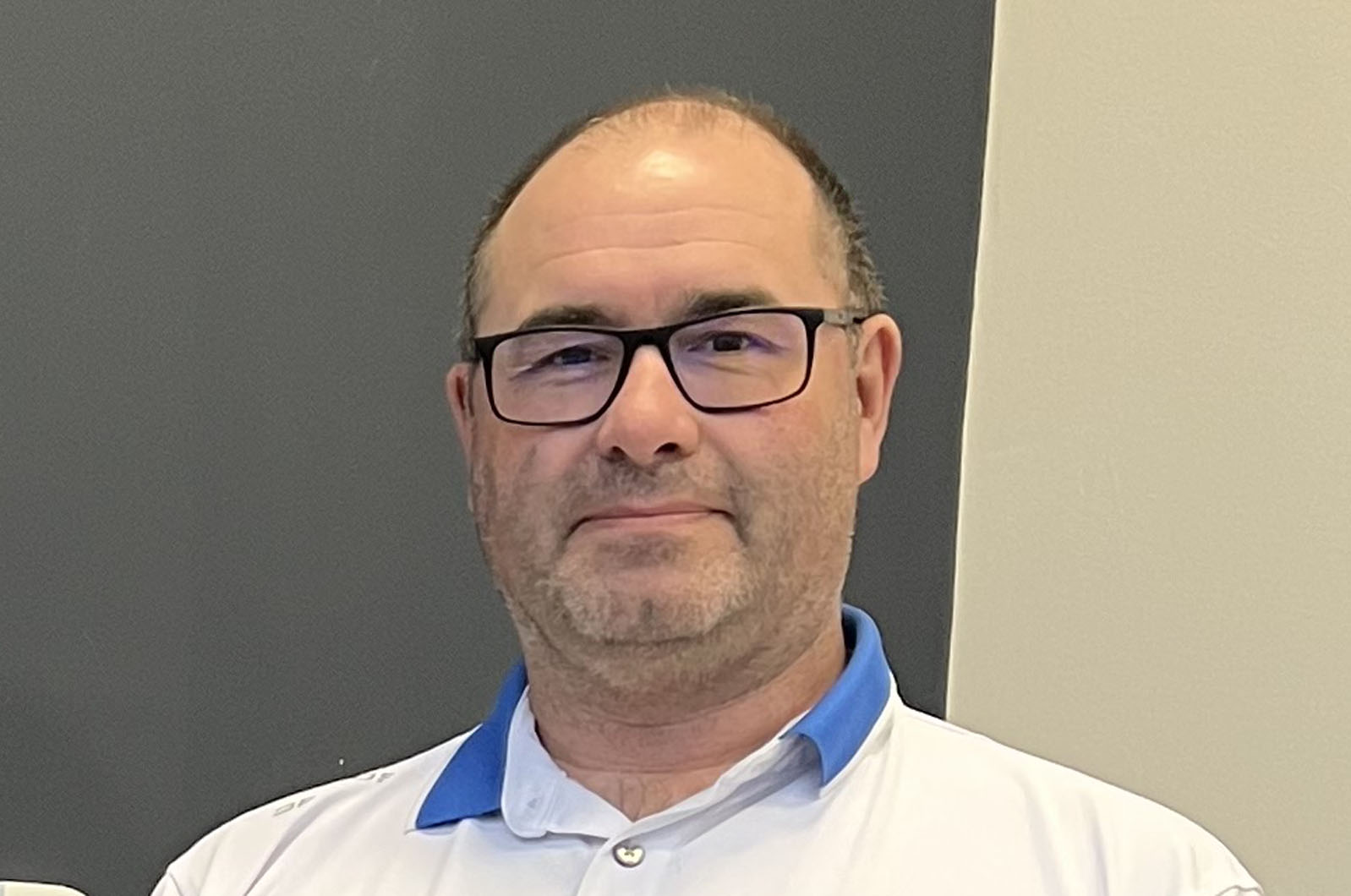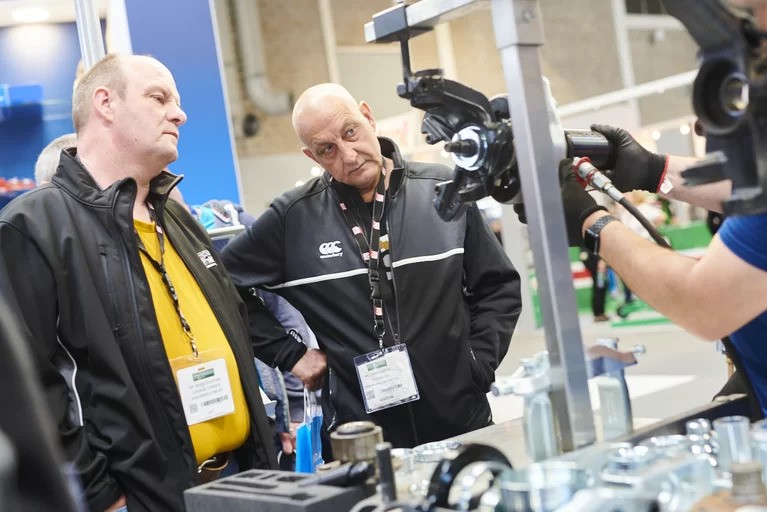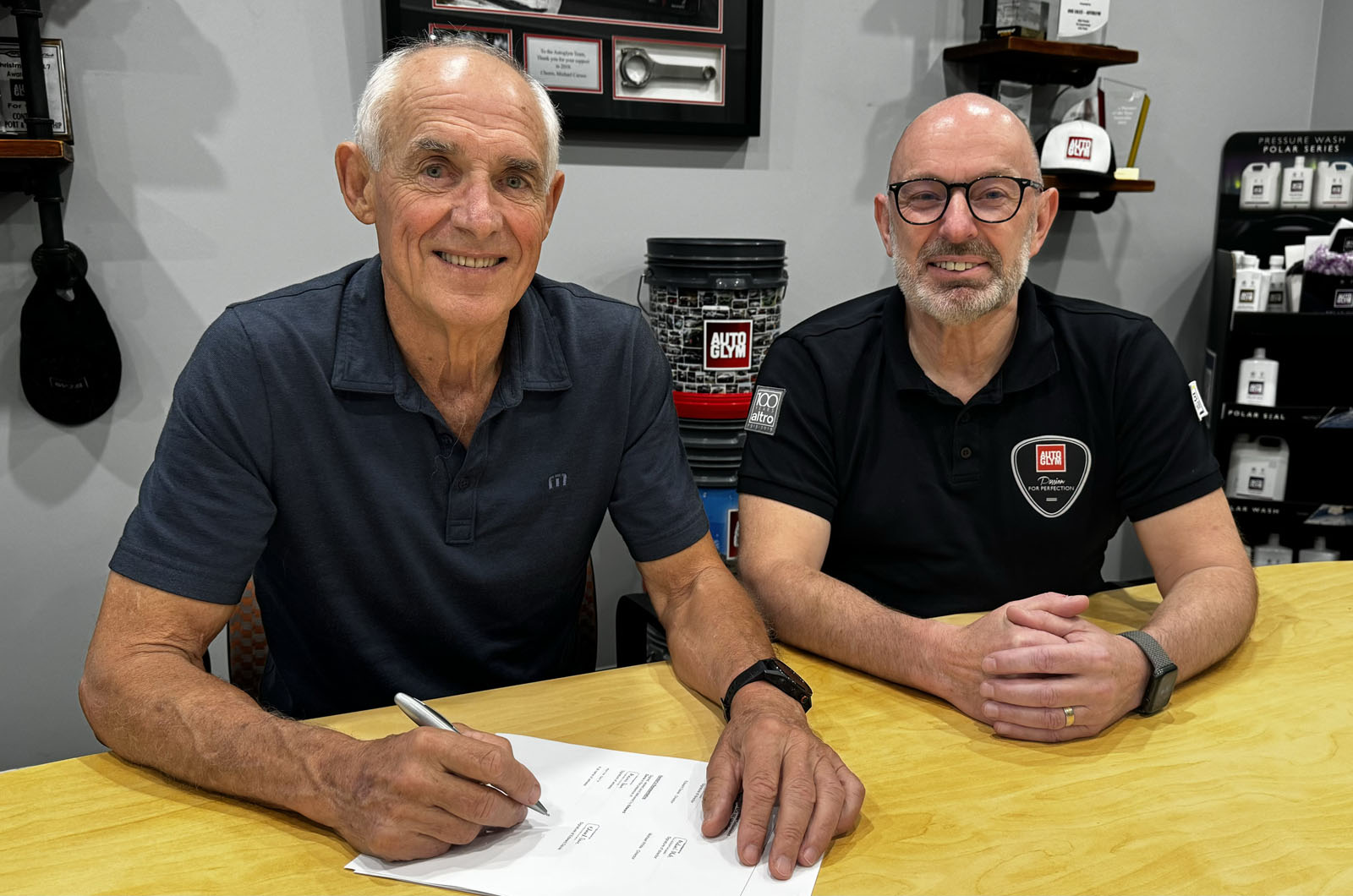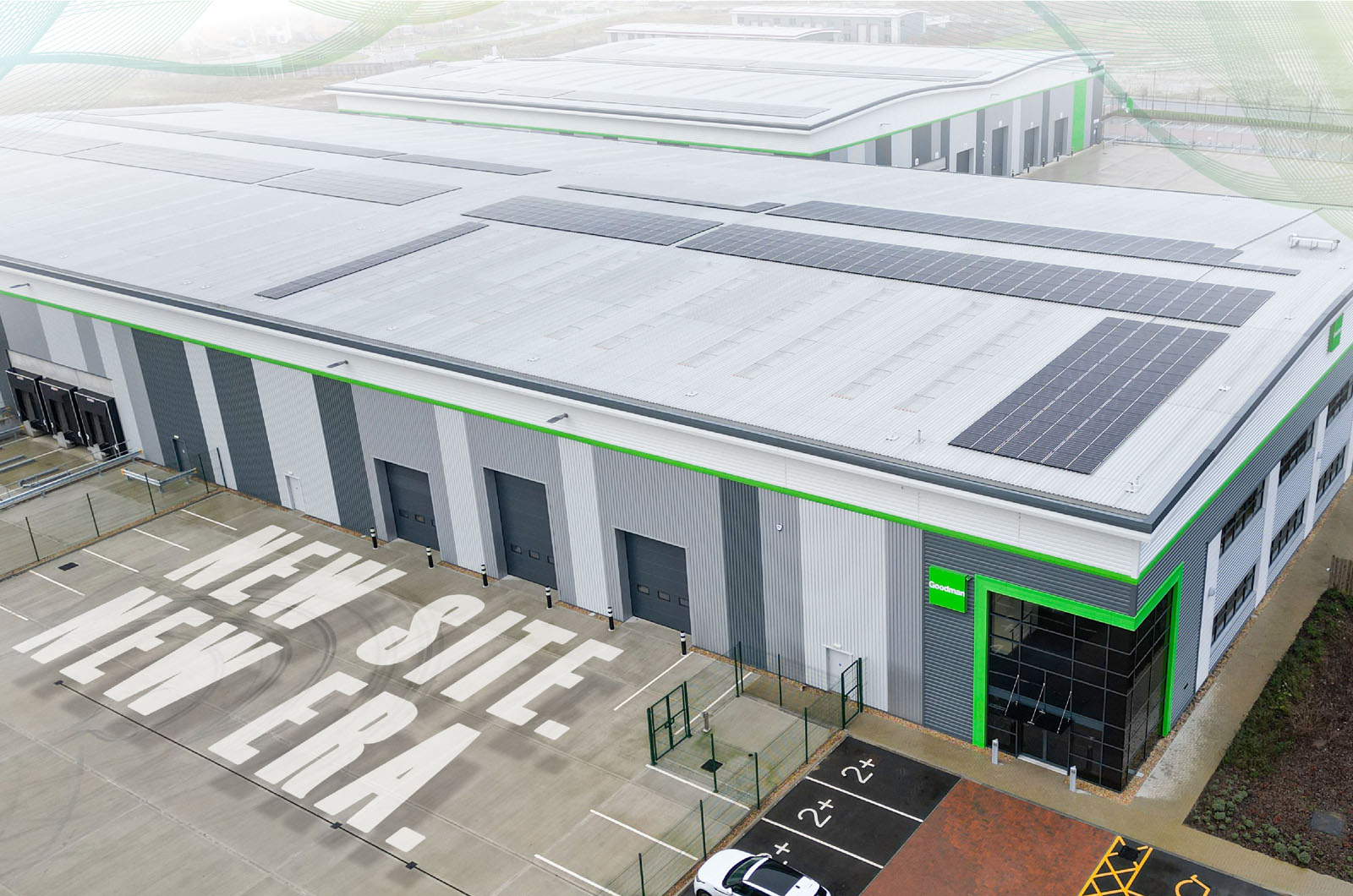
When Halfords snapped up the UK’s biggest independent garage chain last February, it was an event that made the trade sit up and take notice. CAT was with one of the industry’s top supplier bosses when he got the call, made his excuses and dashed off to deal with whatever the fallout of the sale might be.
He needn’t have worried, as it turns out. This was not a deal dashed out on a whim. The man who was responsible for securing the sale of Nationwide Autocentres to Phoenix Equity Partners back in 2005 also masterminded the Halfords acquisition and has committed to stay on as the boss of the newly re-branded autocentres.
Duncan Wilkes has got form when it comes to delivering long-term growth and although prior to his stint at the RAC as group MD of RAC Business Solutions, he had no experience of automotive, his track record is impressive. In his early career, during a 10-year period working for Action Computer Supplies, he grew turnover from £15 million to a colossal £276 million before floating the company on the stock exchange. He is seen as a safe pair of hands and Halfords will hope he can deliver the same growth to its newly re-acquired flock of autocentres.
The sale of Nationwide was anticipated – unlike Wilkes, private equity firms aren’t renowned for sticking around for too long – but even still, the directors didn’t rush expansion. It was important to shore up the network’s foundations before chasing new business, as Wilkes explains.
“Our initial strategy was first to improve customer retention. Ninety-eight percent of our retail customers have cars that are over three years old and consequently they need an MOT every year. So we really ought to see a very high proportion of our customers every year if we do the job effectively, if they’re happy with it and if we’ve got enough basic information to communicate with them.
“The second part of the strategy was that we felt there was scope to use spare capacity in the network. Our plan was that we would increase sales and, in simple terms, we wouldn’t increase the number of people we had so we would significantly increase profit as a result.â€
Nationwide’s commitment to boosting retention rates has involved no small investment and it has proved that a customer service strategy is not an airy- fairy concept but a hard-nosed commercial undertaking that delivers results.
Wilkes says: “We make quite an investment in tools and in training and in accessing the right data to be able to do a job in our workshop which is at least as good as that you would get in a franchised dealer. We’re very focused on that.
“What we have got better at is what we do in reception. By and large, I think almost entirely everyone who runs one of our centres began in the industry as a technician so they’re very good with cars and they understand working with technicians very well. But not all of them are that good at working with customers. And that’s what we’ve found we can improve.â€
He set about benchmarking every centre in the network by undertaking surveys of customers via independent agencies. To give an idea of scale, some 13,000 customers are contacted directly by email and phone at least every quarter. Around 55 for each centre are asked about their experiences with the most crucial question being: would you recommend us to family and friends?
Customers score the garage against key criteria and give reasons for their scores. This allows the centre managers to keep on top of any problems and rectify failings. Based on customer feedback, each centre is awarded what is known in the survey trade as a “Net Promoter Score†which, according to accepted standards, should be above 70 (the maximum is 100). Nationwide is stricter, putting its benchmark at 90 for a good garage. Anything below 75 and the centre is put on red alert and required to put in to place an action plan. It is then resurveyed.
The strategy appears to be working. Says Wilkes: “We’ve gone from having just about 70 of our centres scoring below 75 – so in our terms red – to a very satisfying point of just 15 below that point. So it’s not surprising we’ve improved the customer retention rate as a consequence.â€
Indeed, he adds that in just four years, the average retention rate across the network has risen from 43 percent to 51.5 percent “and we can get a lot better… Our best centre has a retention rate of 75 percent. There’s a lot of potential yet in our existing customers, let alone what we can do with new centres.â€
Once customer retention had started to gain momentum, the company turned its attention to expanding the network, a task which its directors undertook with equal care. “We hired a company to do some demographic profiling of both our customers and the market as a whole to establish what we thought was the opportunity to add more centres,†says Wilkes.
“They came up with a view that said there was scope for a minimum of 400 autocentres in the UK. They looked at how far customers are willing to travel, the size of the catchment area and they identified a further 200 locations where we would be able to open new centres without cannibalising any of the existing business…
Actually, I think that underestimates the size of the opportunity quite significantly.
“So we put a lot of work into looking at how we would grow new centres. And in two and a half years, we got it up from 207 to 223. We’re going a lot faster now but that was enough to prove that we knew how to establish new centres and that we could do it successfully.â€
He continues: “When we acquired the company, we were clear that we had a three to five year timescale before the private equity company exited. So yes, it was always the plan to grow the company and demonstrate that the model we had could be successful in the long term.â€
There was, he says, only so far the existing set up could allow Nationwide Autocentres to grow. Growth via brand promotion, he explains, was not a viable option.
“Our brand as Nationwide Autocentres is pretty much unknown to everybody who isn’t already a customer. Our strategy wasn’t really based on projecting a brand because we didn’t have the resources that would be required. The cost of above-the-line advertising meant that we very definitely didn’t set out to do that.â€
In this respect, going it alone was always going to be tough but selling to Halfords gave the autocentres a ready-made brand overnight.
“Halfords brings two things to the partnership,†says Wilkes. “The first is a retail brand that has a high degree of awareness and a fairly high degree of trust. Consumers believe Halfords delivers value for money and they see that Halfords as a brand is aligned to the car.
“And that brand has already got massive awareness. I mean, in the UK there are 40-odd million drivers and about half a million of them have heard of Nationwide Autocentres. Pretty much 30-odd million of them have heard of Halfords. So everything we do now in terms of above-the-line media will have much more resonance armed with that awareness. So we think that will make a big difference to our retail growth. That’s why we’re rebranding.â€
“The second big thing they offer is the ability to grow much more quickly. So with Phoenix there was clearly a relatively short period of ownership, which meant that while it was very sensible for us to demonstrate what the growth potential was by adding new centres, it takes time to get a return on that investment, and it uses up cash.
“So in a private equity deal we did enough to demonstrate to potential acquirers of the business what could be done but we clearly weren’t going to invest to get a return over 10 or 15 years. Halfords has the cash and that long-term horizon that makes it sensible to go as quickly as we can to get the best appropriate size of network.
“We added 16-17 centres in two and a half years, and we’re now putting ourselves in a position where we can add between two and three a month, which is clearly quite a challenge but if we go at that rate we should be able to get to 400 fairly quickly. Neither the brand nor the ability to grow centres rapidly could happen if we had not had an acquirer such as Halfords.â€
Halfords’ buying clout was another attraction, although Wilkes says economies of scale are limited: “We have been able to use some of Halfords’ scale and expertise to improve what we’re doing from a purchasing perspective but we’ve kept separate businesses financially.
“This isn’t about trying to make savings by identifying overlaps. We haven’t made anyone redundant. What’s the euphemism some people use when they talk about a takeover – synergies? They generally mean they’re going to fire people. This business succeeds because we grow sales, we add centres, not because we make cost savings. It’s not about cost savings, it’s all about growth.â€
This distinction between the two businesses is important. When the acquisition was announced, those who weren’t scrambling to check their business was safe were raising an eyebrow or, in the case of the more cynical, two eyebrows at Halfords’ latest move.
Yes, Halfords has been here before and it didn’t end well then, so what’s different this time? Is the retail specialist making what is a potentially costly £73 million error?
“There were two reasons why Halfords wasn’t successful initially,†says Wilkes. “The first is that if you operate on the same site as a retail store, you pay retail rent. And for a large number of those sites, the retail rent was too high to allow the business to be successful.
“Our average rent is about £8.90 per sq ft and the average retail rent is about £22.50 per sq ft. That’s a very big difference and it’s an awful lot more jobs you have to do in the same space. Or you need to charge significantly higher prices. So it’s quite easy to identify that mistake and not repeat it.
“The second reason, which is probably more fundamental, was when they operated the business previously, Halfords integrated the management structures. So the people running the store were also responsible for the service business. People who are good at retail are unlikely to be qualified to run service businesses – and vice versa.
“The management expertise that was given to the service centres wasn’t skilled enough. To avoid that mistake this time, I’m not integrating the operational management. The only person whose boss has changed since the acquisition is me.â€
Halfords is clearly confident in Wilkes and his team’s ability to deliver sales. It is projecting a doubling of pre-tax earnings to £20 million in the third year of ownership when it plans to have 400 sites in operation. So how does he propose to grow in a difficult economic climate, while facing down franchised dealers desperate for a bigger slice of aftermarket action?
“I don’t think that the actual particular economic circumstances make it hugely better or worse for us,†says Wilkes. “Most of our private customers’ cars are over three years old so they’re not the people who have historically gone to franchised dealers. We’re focusing on giving those people the quality of service they’ve not always received but have kind of expected from a franchised dealer. That opportunity has existed for a while and we’re now in a position to take advantage of that much more quickly.”
It is this market that Wilkes will continue to target. Although 25 percent of the network’s business comes from fleet work, Wilkes is not preoccupied with competing with the franchised networks for private motorists. He’s not even phased by the recent trend in extended vehicle manufacturer warranties.
“We’ve got just over 1 percent of an estimated £9 billion market,†he says. “Some of that market we aren’t accessing because we haven’t bought all of those centres yet so we’re not convenient to the customers. But we’re probably convenient to half of them so we’ve probably got just over 2 percent of the available market to us. There’s a very big opportunity.
“I think we can take business from franchised dealers as people become more aware of the block exemption rules and they get experience of our centres but, to be honest, we don’t care. Because our retail business is actively focused at its core on drivers of cars older than three years.
“If you take the 33 million vehicles in the UK, 27 million are over three years old. Of the remaining 6 million, half are business-owned so we get those through our fleet business. So the car parc under three years old, owned by consumers, is probably 10 percent of the market. And of our £9 billion, given that prices are dramatically inflated in that part of the business, then it might just be over £1 billion of that £9 billion that is spent with the franchised dealers.
“So although there is scope to move that business over, the market we’re targeting is plenty big enough to satisfy our ambitions. Frankly, 90 percent of the market is quite enough at the moment to satisfy us.â€










Go to comments